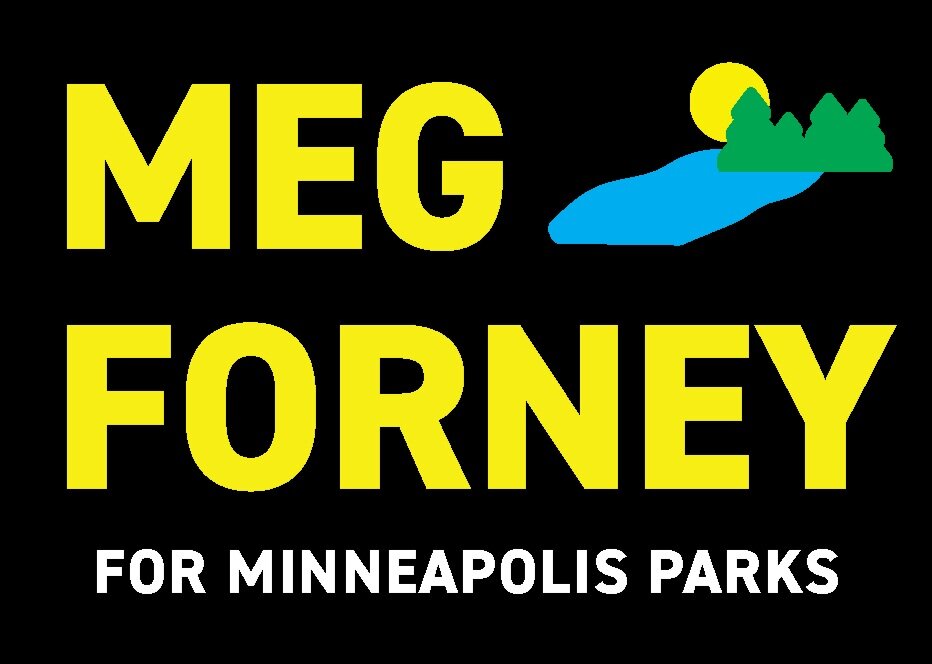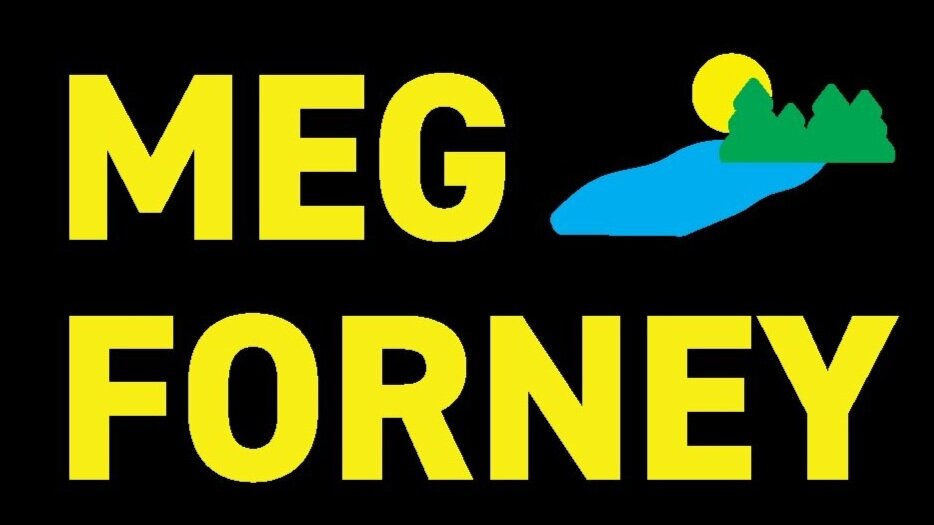Do you believe the Park Board has a responsibility to promote the stability of and support the services provided at encampments?
I affirm MPRB's Resolution 2021-22 pertaining to encampments: MPRB recognizes that sheltering individuals experiencing homelessness in Minneapolis parks is not a safe, proper, or dignified form of housing and is, at best, a temporary solution for encamped individuals. Adhering to encampment response protocols developed in concert with other agencies and applicable to Executive Orders of the State of Minnesota, MPRB calls on other agencies to increase funding to address the homeless crisis. To assist unsheltered individuals in Minneapolis parks, MPRB recognizes its limited capacity to address issues related to unsheltered populations and the greater and essential capacity of other governmental entities to accommodate the needs of those populations. The MInneapolis Park and Recreation Board of Commissioners and staff will provide assistance to the State of Minnesota, Hennepin County, the City of Minneapolis, and other local partners to aid the unsheltered should a need be identified by those agencies; it will develop and maintain an Unsheltered People Policy that ensures people experiencing homelessness are treated by park staff with dignity and respect. MPRB requests a collaborative and coordinated plan for how encampments will be addressed on public land, and enter into formal agreements when MPRB resources are needed. MPRB supports the State of Minnesota, Hennepin County, and the City of Minneapolis to continue pursuit of expanded opportunities for permanent shelter for the unsheltered homeless population.
Do you support having the same or similar park resources in every neighborhood park? For example, the splash pools.
MPRB divided the city into different geographical areas for recreation services. Each service area applies resources to best meet the programming and service needs of the community it serves. All of these Recreation Service Areas, as of 2020, have been master-planned via robust community engagement incorporating each community's long-term vision. These plans will guide the development of Minneapolis neighborhood parks for the next 20-30 years. Minneapolis has a long tradition of planning, designing, and redesigning its parks across the MPRB’s 133-year history. Several years ago the MPRB recognized it needed to rethink neighborhood parks and set a vision for remaking them in the image of the communities that surround them. These master plans will also allow the MPRB to leverage additional financial resources by inspiring and then directing outside philanthropy and grant funding. This vision will – like the parks themselves – bring communities together to imagine and then build the future of Minneapolis’s neighborhood parks. Ultimately, these plans ensure the MPRB uses its increased funding on things that are important to the people who use neighborhood parks. Some communities have requested splash pads, others have not. The community of Victory Park supported a splash pad, whereas, Linden Hills's community-supported their wading pool. Therefore, our neighborhood parks reflect what each community needs and desires. In the '60s and '70s, when more recreation centers were built, they were "cookie cutter" -- reflective of a Euro-Centric culture. Today's Minneapolis population is far more diverse and each park, via these master plans, will reflect each individual community's vision.
Encampments of unhoused people have become common on public land in Minneapolis in recent years. What will you do to protect the people who see encampments as their best housing option, to connect them to a safe and stable permanent home?
During 2020, I was involved directly with two encampments to advocate for dignified and safe housing. Under the direction of the encampment permit holder Michelle Smith and with a citizen group (that I was on board with) that emerged called ProjectBacktoHome.org, Lake Harriet's 18 encampment residents were placed in dignified housing with person-specific resources for their path to mental and emotional health, sobriety, employment and job training, and stability. The guidance of Hennepin County's Office to End Homelessness, St. Stephens, Salvation Army, AICDC, and other private and public partners is critical to address the over 60,000 units needed to end homelessness. MPRB’s limited capacity to address issues related to unsheltered populations necessitates the greater and essential capacity of the State of Minnesota, Hennepin County, the City of Minneapolis, and other governmental entities to accommodate the needs of those populations. In 2020, MPRB worked with partner agencies at all levels of government and private sector organizations and provided reasonable notice of disbandment of an encampment, distributed to encamped individuals information related to alternatives to sheltering in a park, took actions to disband encampments, and assisted those persons in finding suitable shelter, and restored encampment areas to a suitable parkland condition.
How can the park board improve connections to pocket parks?
MPRB has been actively creating strategic connections where there are gaps in access. During my seven-year tenure on the board, MPRB has added over 20 acres to the system, all critical for improved accessibility, and most actively in underserved areas. Many more new connections have been added to the system via easements like the Woonerf from downtown to the Mississippi and the Graco pedestrian and bike trail adjacent to the Mississippi. Small but focused connections have been added at the CEPRO parcel along the Midtown Greenway, the 26th Avenue Greenway with the newly funded Overlook, Towerside Park, and the North Loop connection. Many more critical connections are on the horizon at the Upper Harbor Terminal redevelopment and the Bassett Creek Valley redevelopment, both areas with major physical barriers. Downtown park connections and the Missing Link of the Grand Rounds are perhaps our biggest challenges for equitable access. As I indicated in this questionnaire, our recreation service area master planning focused on key connections to pocket parks as well as neighborhood recreation centers and regional parks. According to the Trust for Public Land's ParkScore®, "98% of residents live within a 10-minute walk of a park." Accessibility is critical to a viable park system and the health and well-being of all, particularly as our city grows and diversifies.
What information can potentially be given on a monthly basis to help community members to stay connected to the green space and have equitable access to park board resources?
Minneapolis Park & Recreation Board offers updates on a variety of topics, news updates in general and by district, board meetings, things to do, places to go, planning and other board projects, parkway closures, and golf course improvements. The best way is to sign up via this link: https://public.govdelivery.com/accounts/MNPARKREC/subscriber/topics
If there are any other thoughts you'd like to add, please use this space to do so.
I am passionate about our Park System and honored to steward its 137-year legacy. I am an active user of our Park system and an active attendee of our many Park community engagement efforts. I will lead on four action items: Equitable Access, Climate and Environmental Resiliency, Youth and Senior Programming, Financial Sustainability. These action items are anchored in the course I have charted to date. Parks raise everyone’s boat. Minneapolis has consistently been awarded the #1 Parks by the Trust for Public Lands— this award is largely due to our forbearers. I have been bestowed the responsibility to steward that legacy. I am proud of the accomplishments of my first two terms. With the City of Minneapolis, we collaboratively brought millions of capital dollars to address our neighborhood parks’ neglect, utilizing a first-ever racial-equity matrix in determining where the funding should be prioritized over 20 years. I was one of the lead Commissioners in advocating for this initiative. We added more strategic parkland to our Park System as our population grew and targeted that land to gaps in underserved areas—in particular along the banks of our Mississippi River in North and Northeast Minneapolis. We have master-planned the entire city’s park system to set a vision for long-term development and improvements. Robust community engagement made sure park features and amenities reflect the needs of the communities they serve, and ensures long-term financial and ecological sustainability. It guides not only each park and group of parks, but also our Ecological System, our Urban Agriculture Activity, and our Recreational Activities. Our park system faces serious challenges with climate change and its impacts on those economically challenged and on people of color. Our park system should be the catalyst for addressing these issues. To address the inequities of our City, we need to point our focus upstream, where literally the majority of these inequities lie. Now more than ever, I believe we need to work to promote equitable park access for all families, support the climate initiative, and invest in programs for our city’s youth and seniors. Moreover, we need to pursue these goals in a financially sustainable manner that leaves a positive legacy for future generations.

